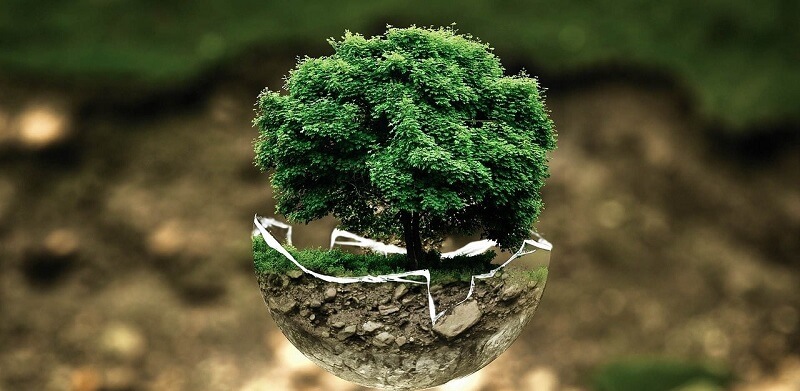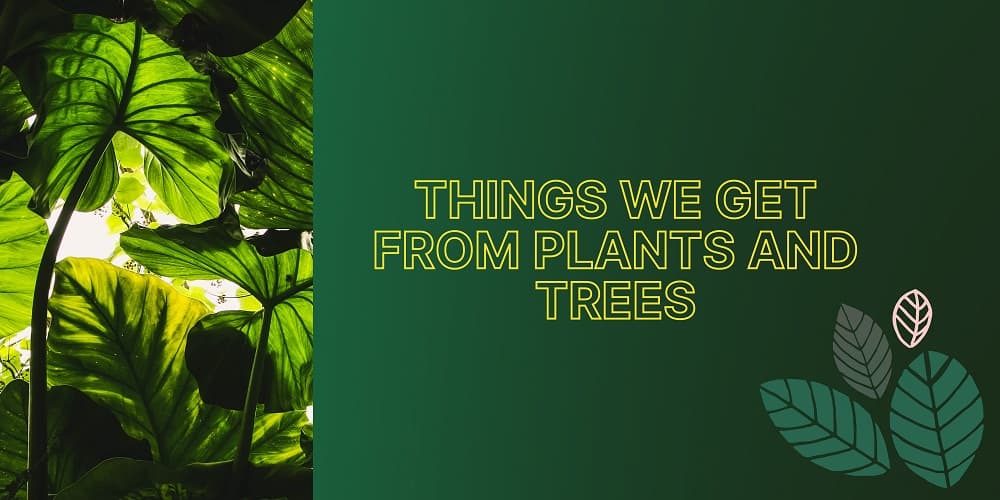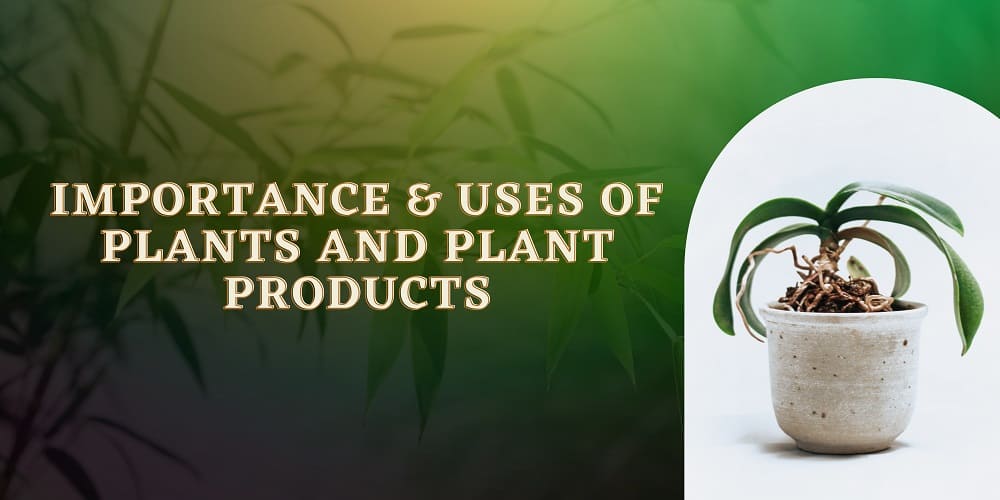Things we get from plants are always innumerable, valuable, and friendly like plants.
Plants being an essential part of the ecosystem, belongs to the biotic component of it.
Through Photosynthesis, Plants use energy to grow and reproduce from the sun. Along with this, they also absorb nutrients from the soil and provide all this energy to other components of the ecosystem.
All the other organisms which are part of the biotic component of the ecosystem and involved in the food chain get energy from plants either directly or indirectly.
Herbivores took it directly by eating the plants, while Carnivores took it by eating plant products, whereas Omnivores get energy by eating herbivores.
One of the plant type, which are, grasses are edible only to herbivores because the fibres present in them are digestible by them only.
However, fruit-bearing plants are edible both by herbivores and Omnivores.
The kind of plants, known as grains is edible to only certain Omnivores like humans and chickens, while herbivores eat the whole part of the plant.
If we talk about the things we get from plants, then they are numerous and may take directly or indirectly too.
Some are Oxygen, fruits, vegetables, flowers, nectars, wood, medicines, paper, rubber, cotton, spices, fibre, perfume, manure, cosmetics etc.
Also Read: Conservation of plants and animals: Class 8 notes
Things we get from plants directly
There are various things we get from plants. While some of them we get directly and some through the various indirect process.

Here are the lists of the things we get from plants directly.
Oxygen:
Plants have always proven to be a friend as well as the helping hand of humans.
One of the thing through which it is proved that plant provides one of the essential elements for the survival of humans and other living organisms is Oxygen.
Through the process of respiration, plants inhale carbon dioxide and release Oxygen for human as well as other living organisms consumption.
Fruits and Vegetables:
Various proteins, Vitamins, fibres and energy needs of humans and other living organisms are fulfilled by the plant products like fruits and vegetables.
While some living organisms got it directly from the plants, whereas some have to eat plant eaters to get these all.
And also, these fruits and vegetables are used by most the humans to earn a livelihood and also exported to other countries. Hence, they are used economically on a large scale.
Flowers:
Plant produces flowers, which are used directly by humans for various religious purposes.
They are also used by most of the population for earning a livelihood.
Various products are made with the use of flowers and alike fruits and vegetables; flowers are used economically through its large scale export as well as by using for decorations on a large scale for any ceremonies or other purposes.
Nectar:
Flowers produced by the plants have nectars within them, which are used by living organisms like birds and various insects as their food source.
However, the nectar sucked by birds and various insects is used for their reproduction too.
Besides this, nectar is economically used, as it is the most important sugar source for honey production.

Wood:
To earn a livelihood, to decorate rooms with furniture, to run various institutions with the involvement of furniture, humans depends largely on wood which can only get through the plants.
The use of wood involves various process like wood cutting, making furniture and marketing do also involves a large group of mass and hence is a source of livelihood to many humans.
Beside, woods are also used in rural areas as a source of fuel.
However, wood is very useful, yet wood cutting leads to the end of the plant life so one must stop cutting because it is a great source of atmosphere maintenance.
Cotton:
some plants produce flowers like cotton, which are of great use to humans.
It has industrial uses also as it is used in various clothing industries from making jackets to normal T-shirts.
It is also used for making mattress, bed sheets, cotton sarees etc.
Besides this, the seed of cotton is used to feed cattle, and after being last, they are used to make oil plastic as well as rubbers.
Spices:
Spices can be obtained either from seed, fruit, root, bark or other parts of plants.
They are used primarily for adding colours as well as flavours to the food.
Besides these uses, spices are used while performing religious rituals.
And economically they are used for making various cosmetics, soaps, perfumes and are also used for making various medicinal products.
Manures:
Plants after being dead get decomposed to form an organic substance, which is called as manures.
These manures are used as fertilizers for over a longer period of time for farming because of its rich nitrogen and other nutrients capacity.
Fibres:
From various parts including the seeds, fruits, leaves and stems, useful fibres are obtained.
Some fibres which are obtained from plants like flax, jute, sisal, kenaf and others are used for the manufacturing of biocomposites.
While some of the plant fibres are used for packaging, making fabric as well as in the manufacture of paper and paper products too.
Uses of plants and plant products
 Besides obtaining various products from the plants directly.
Besides obtaining various products from the plants directly.
There are some plants as well as plant products which are useful in other purposes also.
Like medicinal herbs or medicinal plants are used traditionally from prehistoric times.
But nowadays, a separate medical branch, which is termed as Ayurveda, leads to the high involvement of plants and plan products for making medicines.
The various parts of plants starting with bark, bulb, flowers, fruits, gums, resins, leaf, roots are used for the preparation of medicinal products.
Similarly, various parts of plants including the stem, roots, fruits as well as flowers are used for making good soaps, shampoos, perfumes as well as other cosmetics.
The plants all around provide the various organisms, including some parts of humans to use it as their habitat for living.
Alike this, the good proportion of plants helps in the maintenance of rainfall which is very necessary for all the living forms on the earth. It also maintains the temperature of the earth.
Last but not least is that large scale of plants and plant products are used in various research processes either directly or indirectly.
